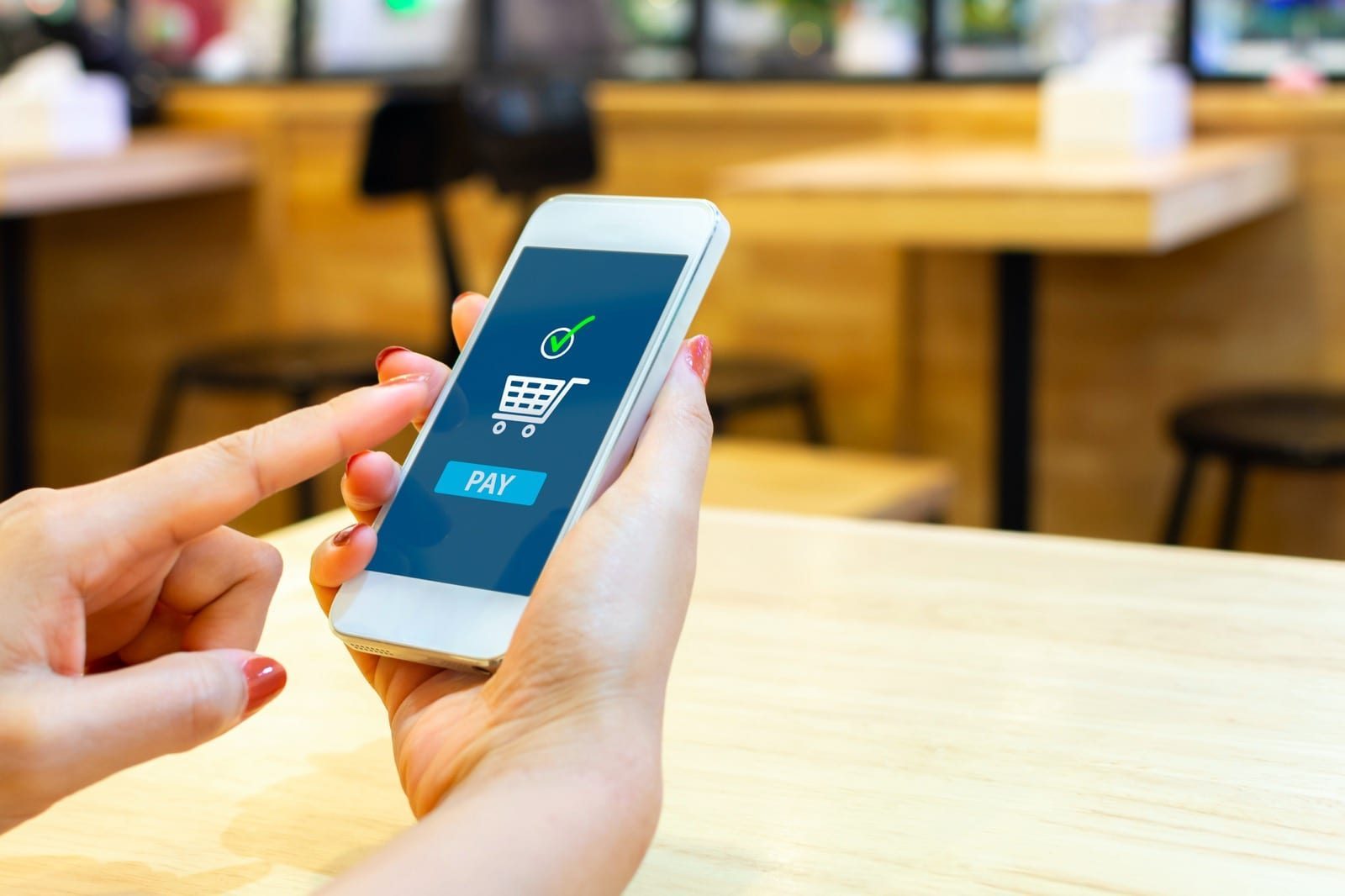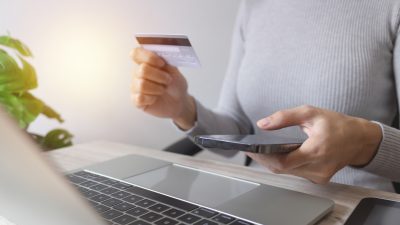E-wallets have seen one of the highest growths among payment channels in the last decade. They have shown a clear upward year after year and may become the main payment method in the world in the not too distant future, replacing credit cards and, of course, cash.
APIs will further boost their use in the coming years. An open banking infrastructure as promoted by the European PSD2 directive allows any TPP to develop solutions that enable companies to offer e-wallets to their customers, improving their user experience and, of course, fostering their loyalty.
What is an e-wallet
An e-wallet is an electronic medium that holds, stores and transfers virtual money to make small payments virtually. As with a traditional bank account or wallet, the e-wallet amount is deducted from the account as payments are made until the available balance is completely exhausted. At this point, it must be topped up so that it can remain operational.
This type of e-wallet often uses Near Field Communication (NFC) technology to make payments at physical retailers simply by bringing the cell phone closer to the POS terminal. They are also used for online payments. In both cases, the purchase amount is charged to a bank card or an account associated with the wallet.
E-wallets emerged in the late 1990s thanks to the Internet’s success and the generalization of virtual pay-per-view channels. But it wasn’t until a few years ago that they became hugely popular because of the dramatic growth of cryptocurrencies in general, and Bitcoin in particular. In fact, as businesses have started accepting cryptocurrencies as payment channels, e-wallets are becoming an important part of the financial system.
The reality in Africa: millions of e-wallets and little banking activity
Although e-wallets are a fairly common payment method in Europe, this doesn’t compare to their use in Africa. Since M-Pesa, a mobile telephony product of Safaricom, a subsidiary of Vodafone, entered Kenya in 2007, the use of e-wallets via cell phones has grown exponentially in Africa. The continent is the global epicenter for this technology. Today, it has more than 450 million active users, and Africa is the region where these payment solutions are most used.
In fact, according to a recent report by the GSM mobile operators’ association, 2019 saw how the 1 billion-mark was passed in terms of mobile money accounts, most of them in developing countries. Specifically, its forecasts are for the sub-Saharan African region to exceed 500 million accounts by the end of this year.
This situation is especially noteworthy in some countries. For example, in Nigeria, 60% of the population does not have access to bank accounts, as many of the traditional banking transactions are completed through their e-wallets, demonstrating the importance and effectiveness of these payment channels.

Kopernet, a provider of cloud-based enterprise solutions, has highlighted the importance of loyal customers, who account for only 20% of its total customer base, but up to 80% of its total business turnover and 72% of its visitors. In addition, loyalty program members are 70% more likely to recommend the business to their friends and family.
One of the most important elements to help generate loyalty among customers is the use of an e-wallet, through which you can increase the frequency of visits to your business. Whether through a points program, offering discounts on the purchase of certain products or providing excellent customer service, it is undoubtedly useful to attract recurring buyers.
Depending on the type of customer and the use they make of the e-wallet, one advantage or another may be provided. For example, when the e-wallet is topped up, you can identify whether or not they are a regular customer and then offer one type of bonus or another. The same is true when customers pay by placing their cell phone near the POS terminal. At this point, you can offer a personalized discount for the use of that e-wallet by quickly identifying the person making the payment.
There are plenty of possibilities, and the use of cell phones and payment terminals provides a rather interesting option to be able to attract more and better users, and thus retain more and more customers. After all, a good shopping experience is always an incentive that helps you attract new customers to your business.
APIs and e-wallets, an interesting option to integrate into your systems
Opening up the banking infrastructure is giving e-wallets an extra push. For example, third parties outside the banking business can develop applications that meet the needs of companies thanks to APIs, thus facilitating the integration of a fully operational financial system into an completely independent third-party ecosystem (platform, app or website).
As a result, any user (an employee, supplier or customer) can open a digital account directly from the business platform, thanks to APIs such as BBVA’s Accounts, without having to go to the branch themselves. Lately, they can link their e-wallet to that account if they want to and start operating.
In addition, with this API, you can issue a co-branded card with BBVA linked to your digital account and manage transaction and balance queries in detail and under the look & feel of your own platform.



























